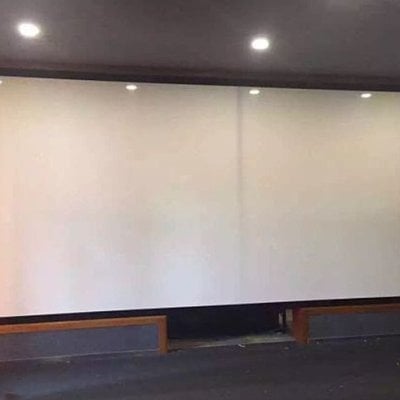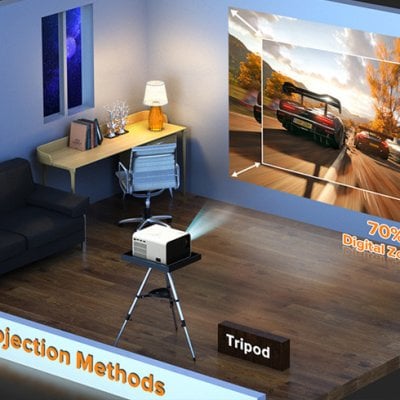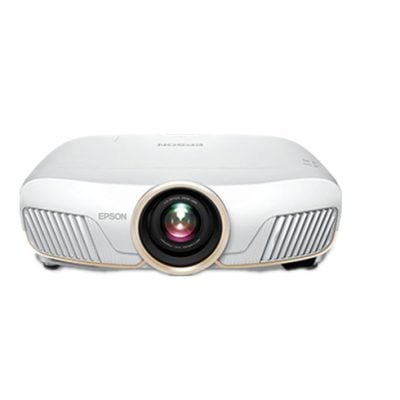
A screen can improve the viewing effect of a projector. In this guide, we will introduce how to hang a screen and share some tips about projector screens.
Is it Necessary to Hang a Screen?
Some projector beginners just project the image on a white wall. Is it necessary to hang a screen?
There are many benefits to a projector with a screen. Here are the top three advantages.
1. Brightness Gain
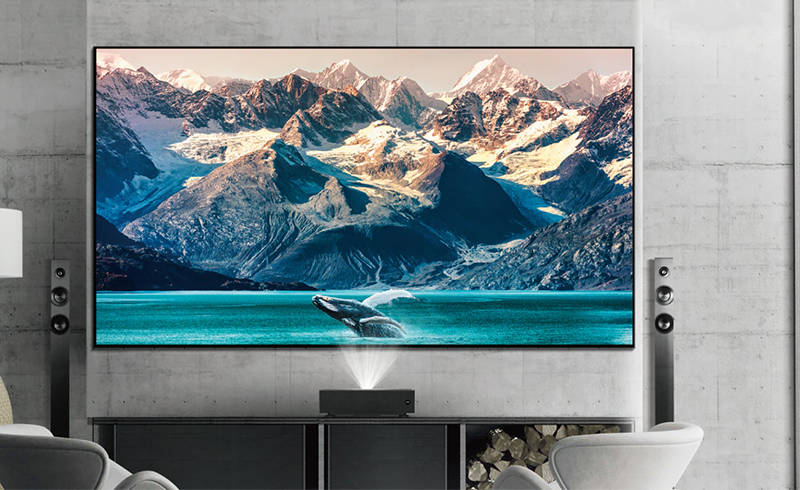
The screen and white wall produce images because of light reflection. Even the cheapest screen’s surface has its own reflective coating, which receives the projected light without loss or even gains reflection and then produces a clear picture with rich contrast.
However, as the white wall is not pure and uneven, its light release rate and picture quality are not so good. It will be worse if the projector is not bright enough.
2. Black Bar Effect
Almost all screens have a circle of “black bar”, which helps to gather the attention of the human eye so that users have an immersive viewing experience, while white walls do not have this function. The black bar effect is similar to the “letterbox” effect widely seen in cinemas.
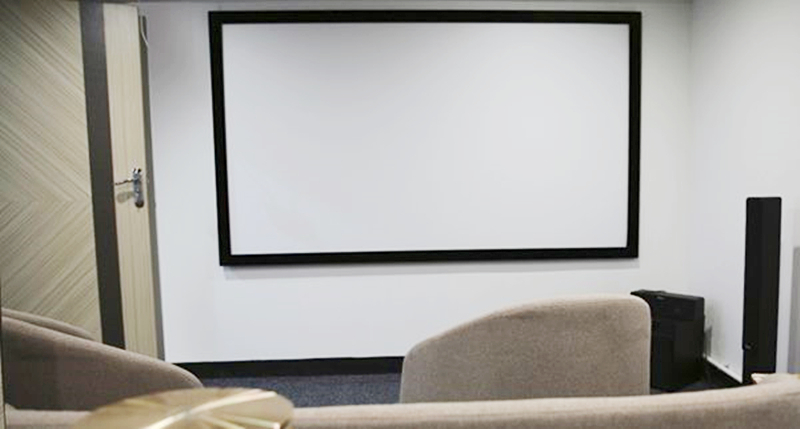
3. Good Color Reproduction
There are many types of projector screens available on the market, including glass fiber, glass beads, metal, and other materials. On the whole, these screens have a better color reproduction effect than a white wall.
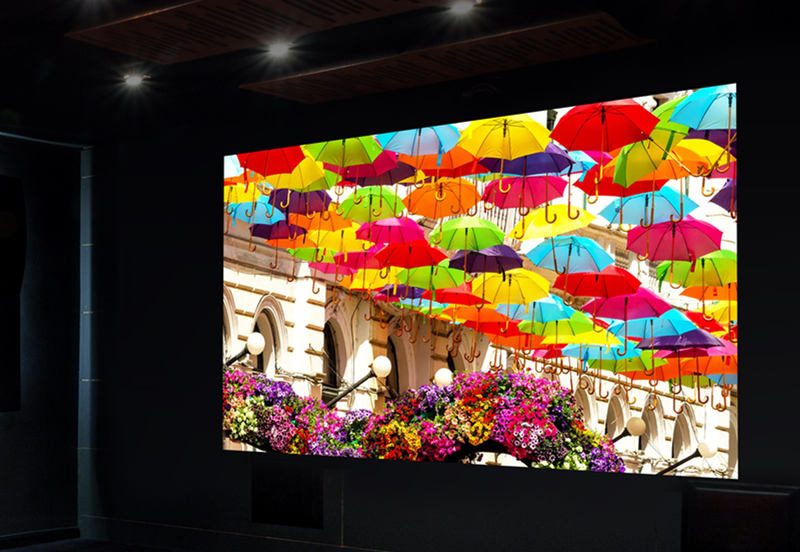
How to Hang a Projector Screen?
In this section, we will explain the screen types based on the installation methods.
Screen Types and Hanging Methods
The different screen also has corresponding different installation methods.
Ceiling Screen

These screens are usually used for a conference room or exhibition hall as it usually has a giant screen size. The top shell frame of this screen can be used to fasten the screws or nails.
The Fixed Frame screen
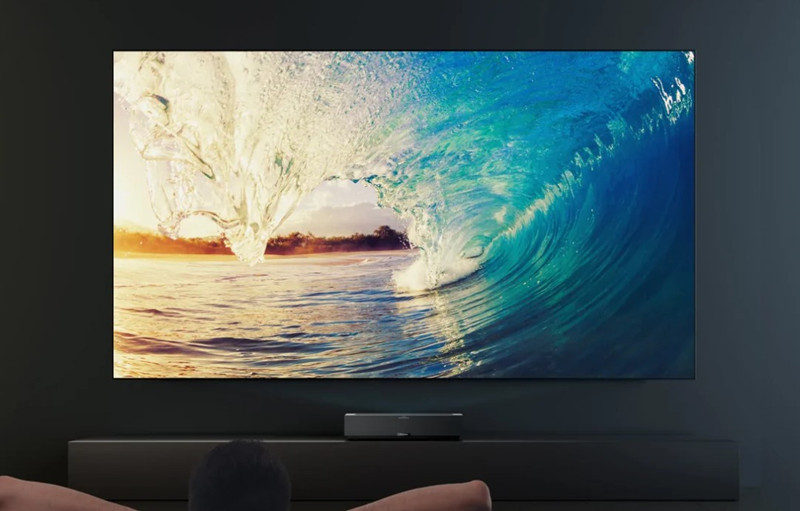
The fixed frame screen has a fixed frame and unchanged shape. It is widely used in home theaters because it is neat and tidy. It has no wrinkles and is usually easy to install. The screen usually has two or more mount holes at the back side of the screen so that it can be fixed.
This kind of screen usually be fixed by metal frames and you need to assemble the four sides and insert the tension rods along the edge of the screen. Finally, hang on the screen by means of the screw nails based on previously determined height.
Floor-rising Screen
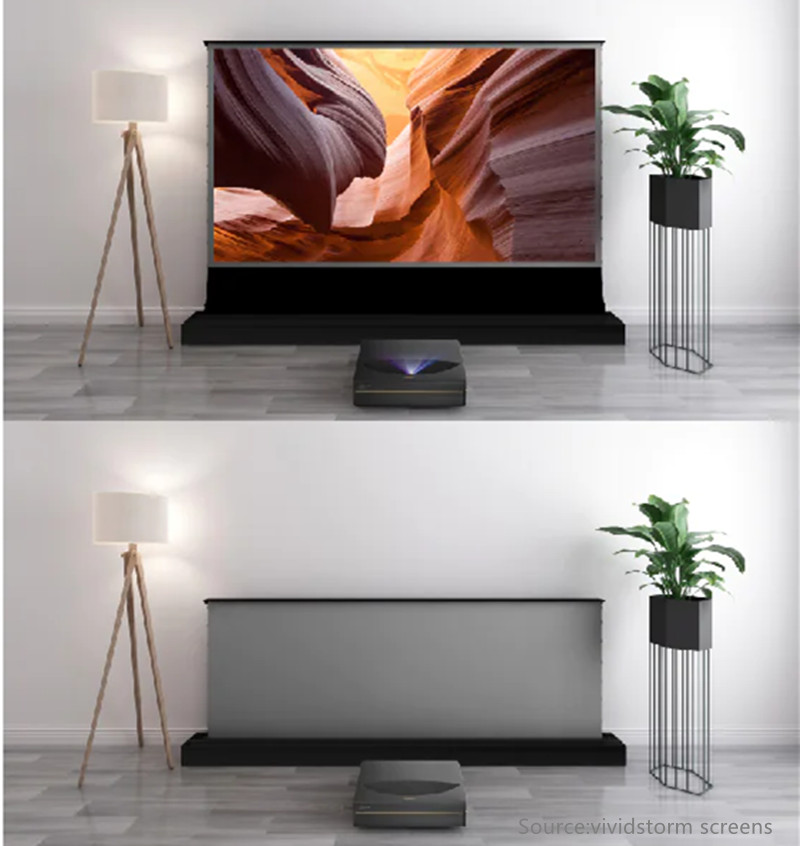
The floor-rising screen is the most convenient among these types because it can be moved at will. This kind of screen is usually seen in conference rooms. This screen can be controlled electrically. You can use the remote control to rise the screen.
It requires not much manual installation effort, but it needs to be connected to power.
Screen Hanging Tips
Before hanging the screen, you need to determine the distance and height first. You can use an erasable pen to mark different positions first before fixing the screen to avoid deviation.
You may be interested in Projector Screen Buying Guide.
How to Determine the Projector Screen Height?
Generally, the screen should be 80-100 cm away from the ground. You can determine the screen height based on the four principles below.
Principle 1
The projector’s lens should be pointed to the center of the screen.
Principle 2
The general setting is to make the center point of the screen equal to the sight line of the audience. That is to say, Projection Screen Center Height = Seated Sight Height. If the screen is set too low, then the projected light will be blocked by the people in front, if set too high, the audience will need to look up.
Principle 3
The height of the screen should be adjusted according to the setting method.
Principle 4
The fixed frame screen should be separated from the top 10-20cm or the lower edge of about 70cm from the ground. If it is a conference room, the screen’s black edge should be higher than the desktop to avoid blocking.
Besides, if you need to hang a screen in a tidy way, you can reserve a position for the screen when you are making a suspended ceiling.
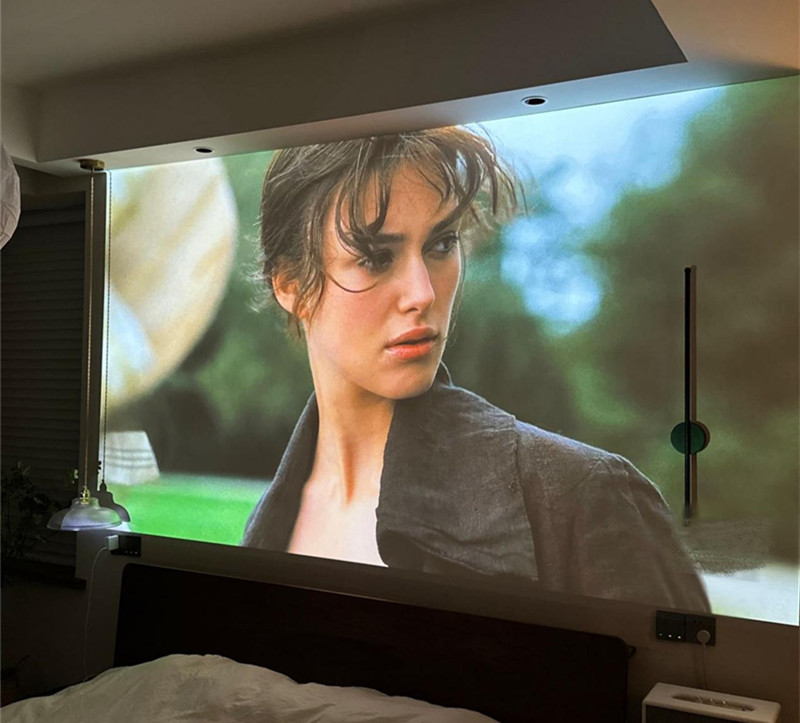
Other Tips
- Mark the positions before fixing the screen to avoid a slanted screen or improper installation.
- Avoid using scissors or other edge tools to unbox the screen to avoid screen scratches.
- Wear soft leather gloves to protect your fingers and the screen.
Related Posts


